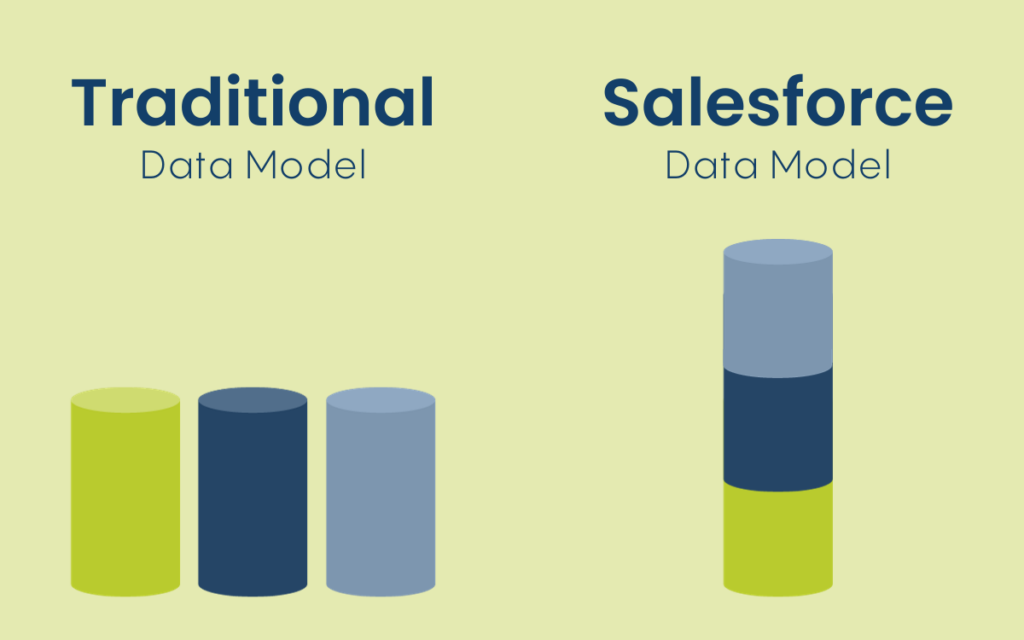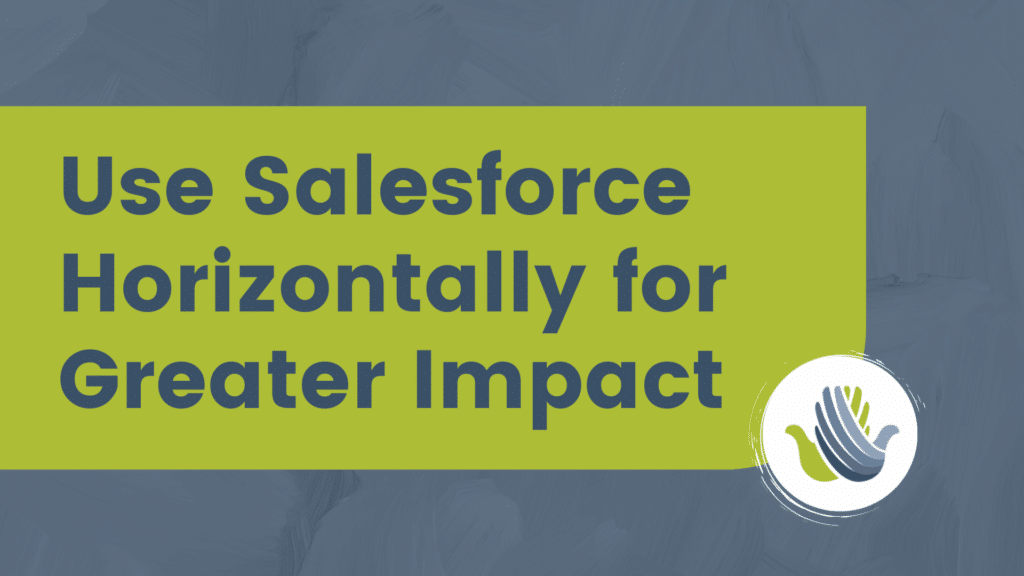In my 20 years of working with nonprofits, I’ve seen time and again how remarkable people go above and beyond to fulfill their organizations’ missions.
Unfortunately, I’ve also seen how process inefficiencies can adversely impact those missions. Sometimes, it’s due to an inability to invest in current technologies that could streamline operations and other times, it’s because there isn’t the right knowledge in-house to implement effective, streamlined solutions.
The Drawbacks of Non-Integrated Case Management Software
One thing I’ve continually noticed is that nonprofit organizations’ case management software is very rarely horizontally integrated. Instead, many nonprofits use multiple software solutions for the various aspects of case management and program management — not to mention fundraising and volunteer management.
This has several disadvantages. First, it causes a significant amount of duplicate work, since the same data needs to be entered into multiple programs. Second, staff are continuously switching between programs, so it costs more time to complete tasks. And third, it makes it challenging to gain visibility across all aspects of the organization, since all of the data is siloed into different management systems. Without good visibility, it is almost impossible to track the effectiveness of programs and other initiatives.
Salesforce Non-Profit Success Pack: A Horizontally Integrated Software Solution
Fortunately, thanks to ongoing technological advancements, more and more software is being developed that can help nonprofits streamline their operations. One of the most powerful is Salesforce Nonprofit Success Pack (NPSP). This is a comprehensive solution that comes with a range of essential features for nonprofits, including donor management and event management capabilities.
Furthermore, these functionalities can be extended to provide extensive case and program management capabilities. These extensions can come from AppExchange applications, custom solutions or hybrid approaches such as Provisio’s birdseye. That means there’s no longer a need for multiple software programs: All functionalities are available within one single, comprehensive solution.

A Real-Life Success Story
Let me illustrate this by giving you a real-life example. One of our clients is a premier provider of pro bono legal services. They operate a legal aid hotline where callers can connect directly with attorneys about matters such as consumer debt, divorce, custody, foreclosures, housing disputes and more.
When the client came to us, they were already using Salesforce as a call tracking system for inbound calls on their hotline, as well as for program management. However, for other aspects of their process, they were using different software solutions. This resulted in inefficiencies that cost both time and money.
After taking the client through our discovery process, we determined that their current systems for donor and volunteer management could be replaced with a horizontally integrated, customized Salesforce NPSP solution.
Once the changes were implemented, the client was more than satisfied with the resulting streamlined process. Currently, they’re also in the process of integrating Salesforce Community so they can access and update referrals with external legal services. This will enable them to close the referral-outcome loop in real time.
What makes Salesforce so powerful when horizontally integrated is that it breaks down the silos between the different databases and functions. That means that all of the data for donor management, volunteer management and case management is kept in one centralized location.
As this client soon found out, they can now collect data and manage all programs across the organization from one application. This system also allows for more accurate and comprehensive reporting.
It also allows the organization to be data-driven. I’ve noticed over the years that many nonprofit leaders understandably lead with their hearts. However, this isn’t necessarily the best way to make the biggest impact. By having access to data-driven reports and analytics, the client can see the impact of their decisions and programs and determine where to make improvements to become more effective.
For example, without a comprehensive data set, the organization might mistakenly let an individual who doesn’t qualify for a program in — leaving somebody who does qualify out. With the right data and reporting, there’s visibility across all these aspects of program and case management, which enables the nonprofit to make accurate decisions and measure its overall impact.
In addition, the client can see the arc of clients they’ve helped. In some cases, someone is first helped by the program, then decides to become a volunteer, and eventually even becomes a donor. This kind of data is not only important to knowing how effective programs are; it’s also useful when securing more funding from private and public donors.
In short, integrating Salesforce horizontally provided our client with better visibility and more accurate, comprehensive data sets, enabling the organization to be more impactful and better fulfill their mission. Finally, because staff aren’t continuously switching between programs, the entire process is more streamlined. This saves time and allows the staff’s efforts to be used more effectively.
CONTACT US
to Learn How We Can Help You Fulfill Your Mission
If you’re struggling with siloed data, a lack of visibility, inefficient processes and high software licensing fees, then you might benefit from using a holistic nonprofit software solution. To learn more about how horizontally integrating Salesforce can help your organization, contact us today for an obligation-free consultation.


